The Nature Conservancy
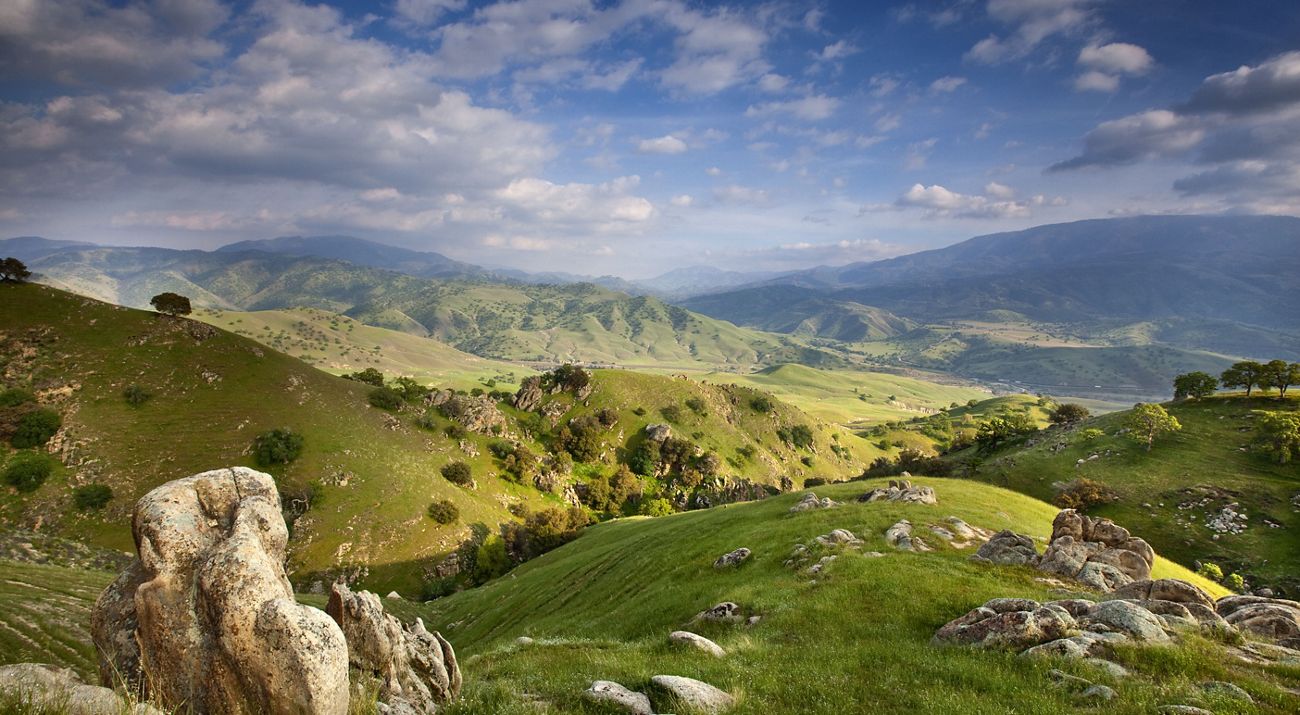
California Missing Linkages 25th Anniversary Symposium
January 8-9, 2026

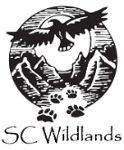
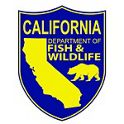
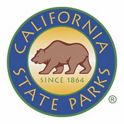

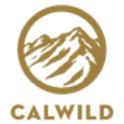

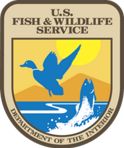

Set for January 8-9, 2026, in Sacramento, this symposium will bring together conservation practitioners from around the state to work toward a vision to connect California’s diverse ecological landscapes and catalyze support to implement this vision by 2050.
If you are interested in attending this symposium and have not received an invitation, please contact us.
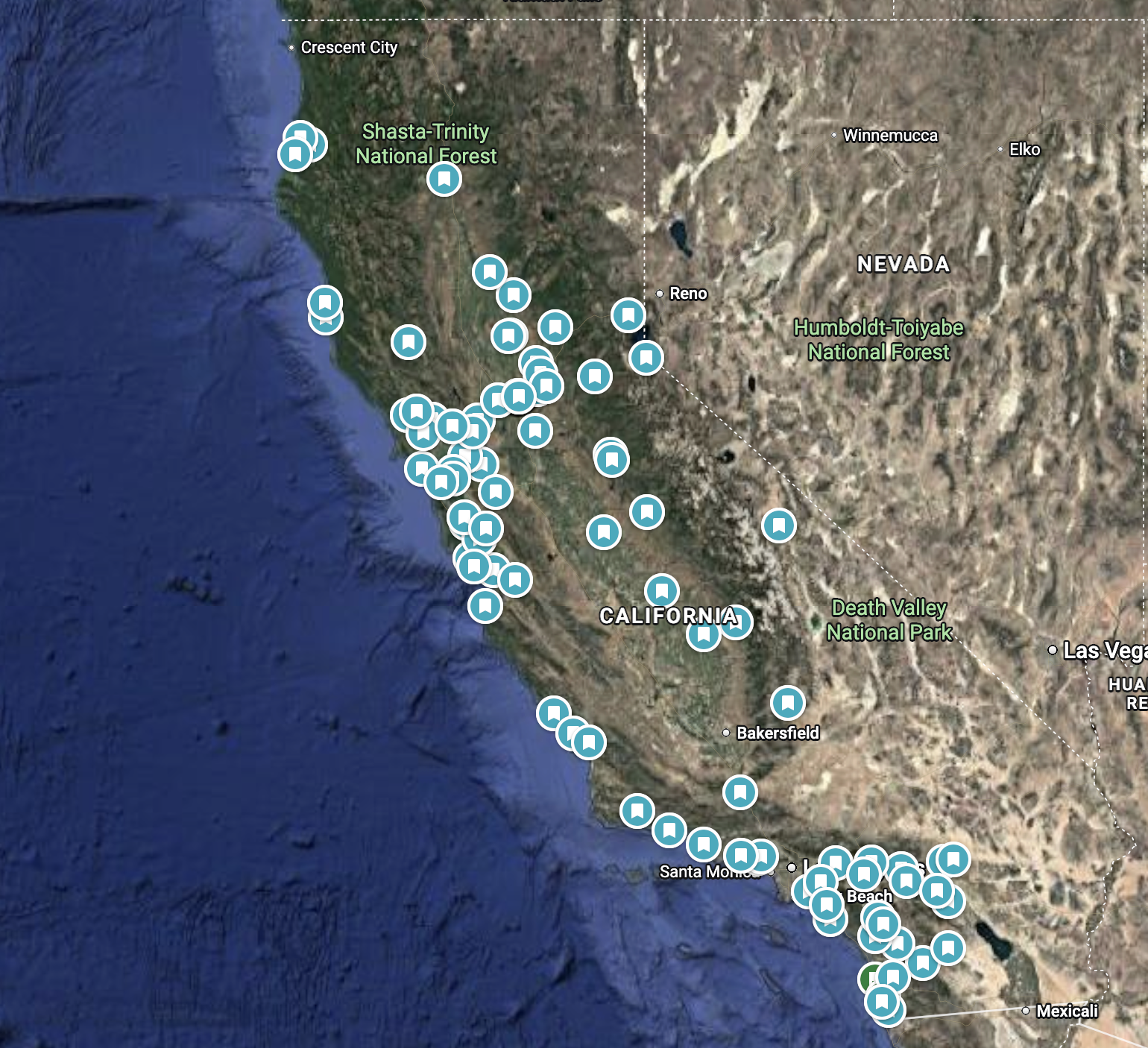
Celebrating and Building Upon 25 years of Connectivity Conservation
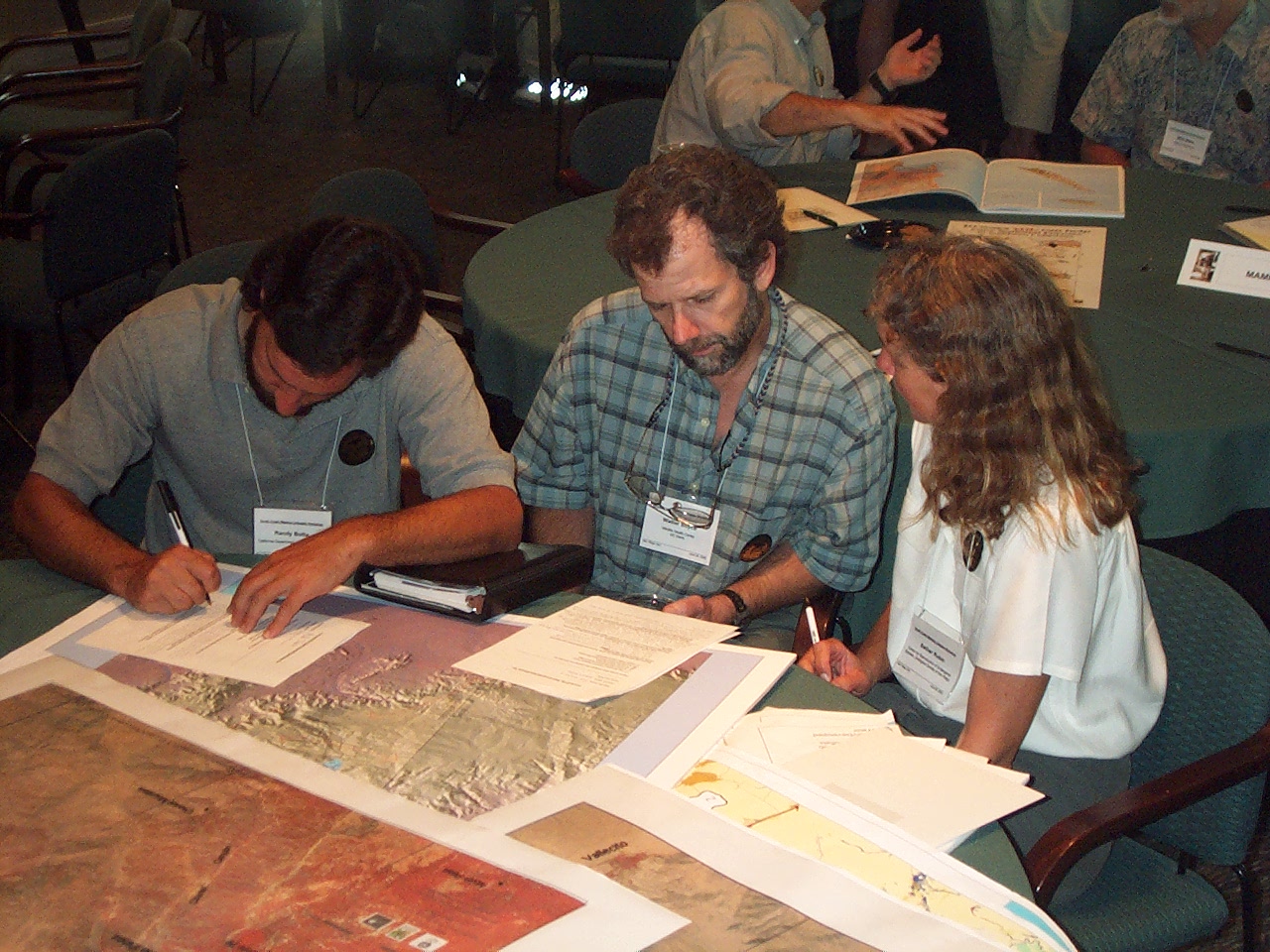
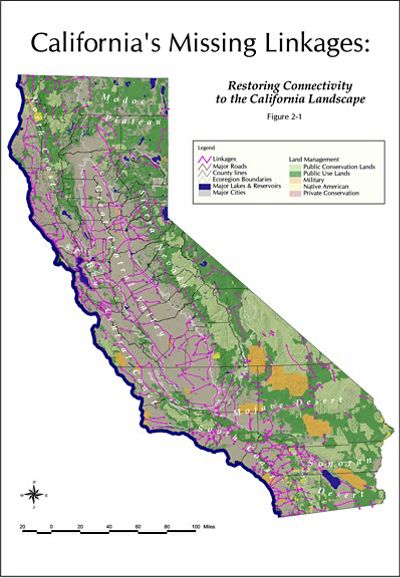
This map is entitled California’s Missing Linkages: Restoring Connectivity to the California Landscape. It shows a map of California that highlights various different features listed in the map legend, including linkages, major roads, county lines, ecoregion boundaries, major lakes and reservoirs, and major cities. Using color coding, it displays different types of land management, including public conservation lands, public use lands, military, Native American, and private conservation.
The 2026 symposium presents an opportunity to celebrate the advancements in habitat connectivity as well as identify the conservation gains, losses, opportunities and threats to the over 200 linkages identified across the state in 2000. These and other data will be used by symposium participants to prioritize critical linkages for conservation focus in the next 25 years, as well as highlight the partnerships, policies and funding needed to support this ambitious effort.
Collaborating for Connectivity
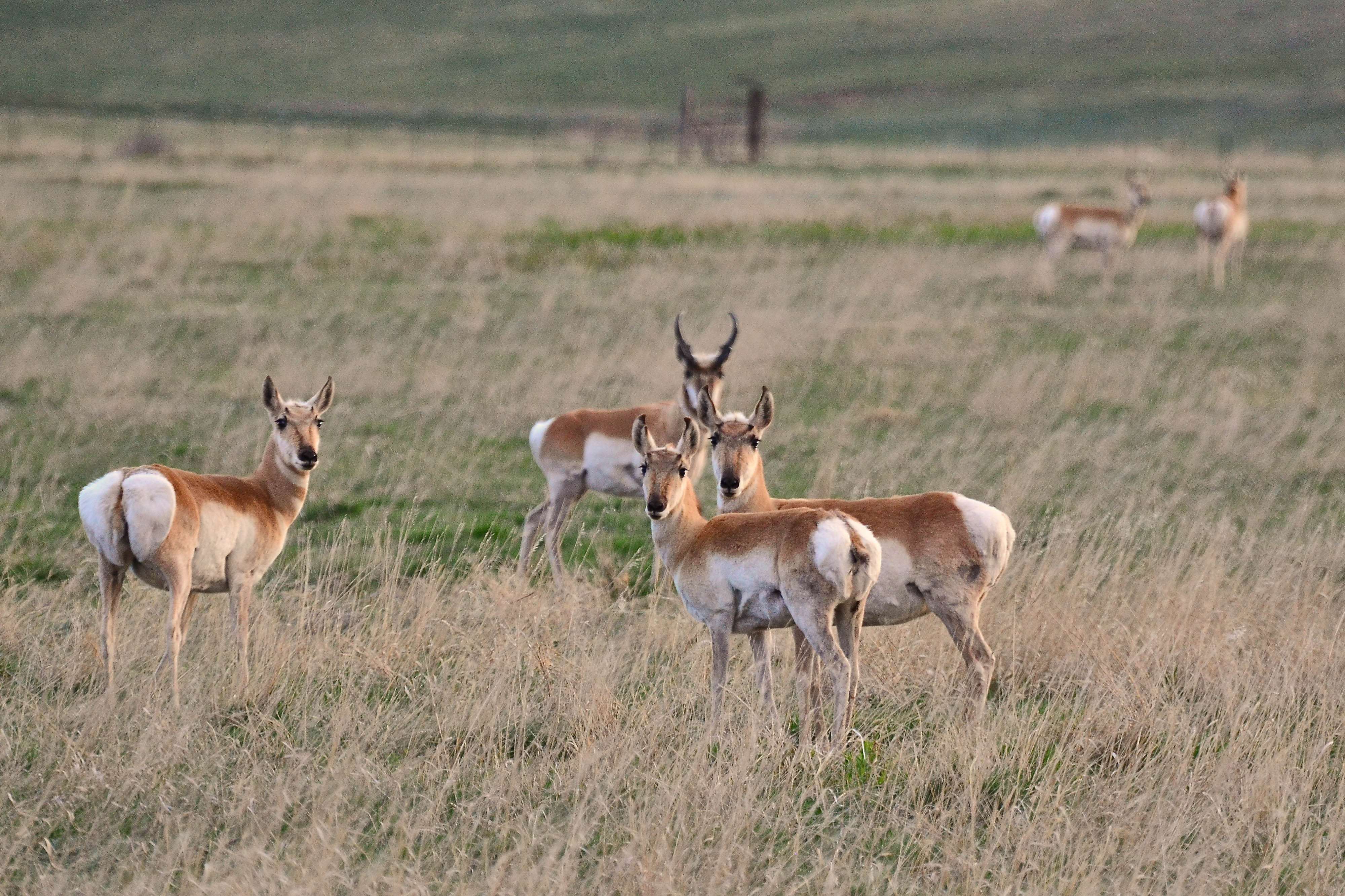
The Importance of a Connected California
As more and more species throughout the state are impacted by habitat loss and fragmentation, their survival increasingly depends on whether they can move to find food, shelter and mates; escape threats; and respond to changes in their environment.
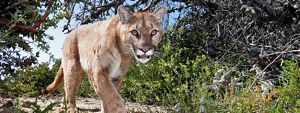
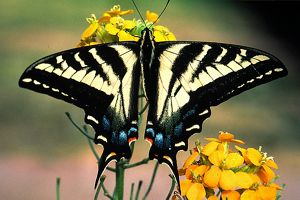
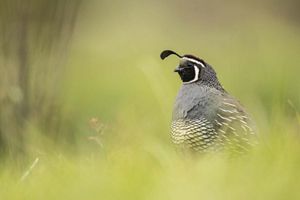
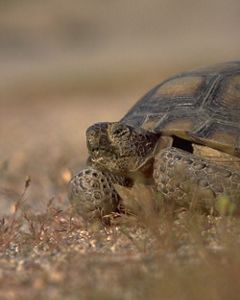

Mountain Lion: Mountain lions are one of California’s most iconic species that need improved connectivity in order to maintain healthy populations. © John Stuelpnagel

Pale Swallowtail Butterfly: A butterfly with wings spread. © Greg Ballmer

California Quail: Photographed at daybreak at Point Reyes National Seashore in Northern California. © Joshua Pelta-Heller/TNC Photo Contest 2019

Desert Tortoise: This long-lived creature is a threatened species. © Dtehshuh Images
Maintaining and restoring functional connectivity is essential for sustaining California’s biodiversity, yet there are still critical linkages that have not been conserved while linear infrastructure barriers such as roads, railways and canals continue to isolate vast wildlands.
Fortunately, there are actionable solutions. By conserving landscape-scale connectivity, creating dedicated wildlife crossings and improving existing infrastructure to be more amenable to wildlife movement, we can reestablish a vast network of connected ecosystems where wildlife can thrive. Whether they walk, hop, slither or fly, all native wildlife will benefit from this network, becoming better able to adapt when threatened by events like wildfire or extreme heat.
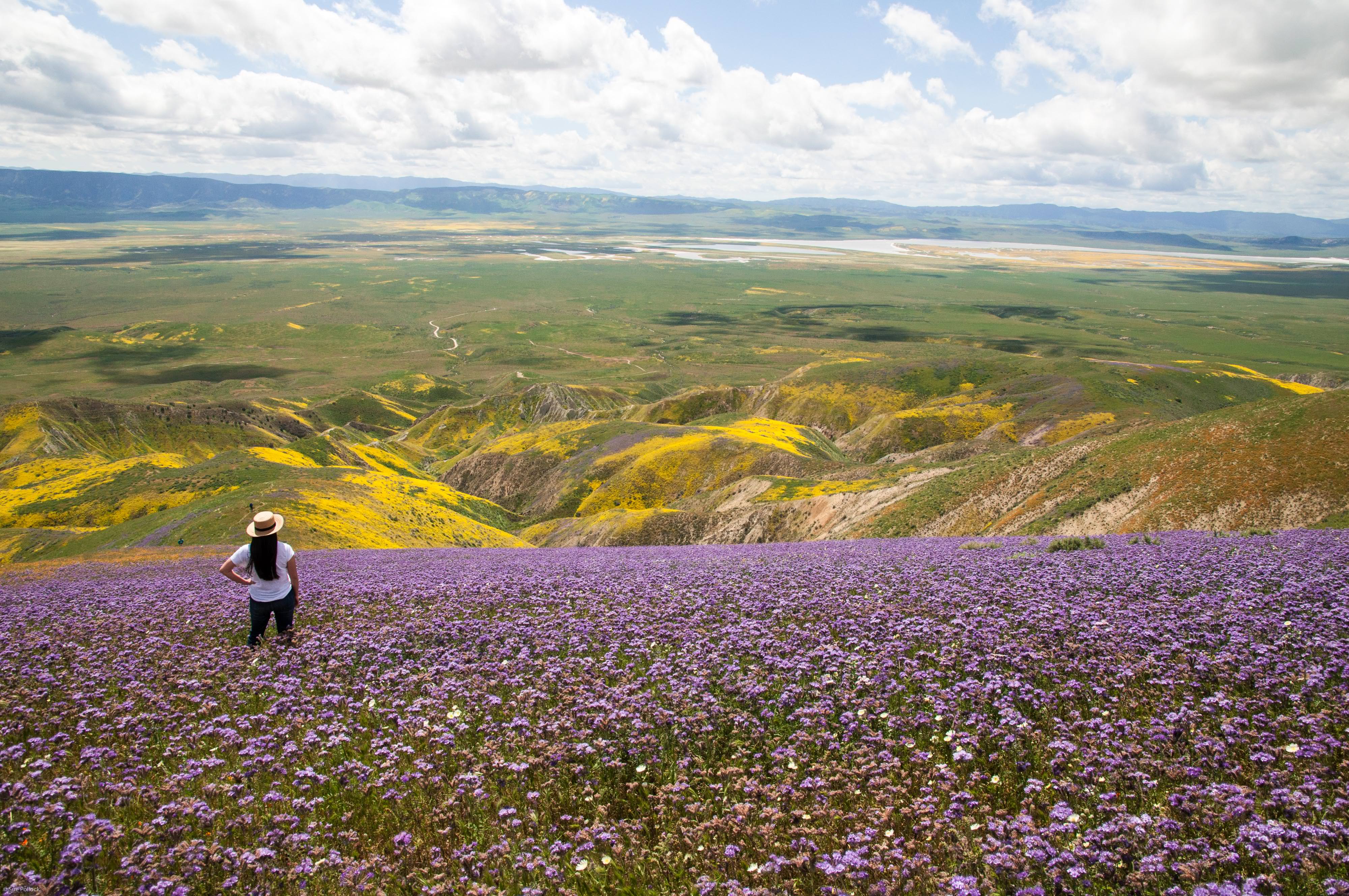
Agenda
Download the Full Agenda
Click here to download the full agenda for the Missing Linkages Symposium.
DownloadAgenda Overview
DAY 1
Thursday, January 8th, 8 AM – 5 PM
| 8 – 9 AM | Registration/Breakfast | |
| 9 – 10:30 AM | Opening Plenary | |
| 10:30 – 10:45 AM | Break and Light Refreshments | |
| 10:45 AM – 12:30 PM | Morning Breakout Sessions
|
|
| 12:30 – 2 PM | Lunch | |
| 2 – 3:30 PM | Afternoon Breakout Sessions
|
|
| 3:30 – 4 PM | Break and Light Refreshments | |
| 4 – 5 PM | Breakouts Continue | |
| 5 PM | Day 1 Concludes | |
| 5:30 – 7 PM | Networking Reception (offsite) |
DAY 2
Friday, January 9th, 8 AM - 1 PM
| 8 – 8:30 AM | Optional Breakfast | |
| 8:30 – 9 AM | Orientation to the Day | |
| 9 AM – 12 PM | Topical Breakout Discussions (6) | |
| 12 – 1 PM | Report Outs from Breakouts and Wrap Up | |
| 1 PM | Lunch (provided in to-go containers for those who need to depart at 1 PM) |